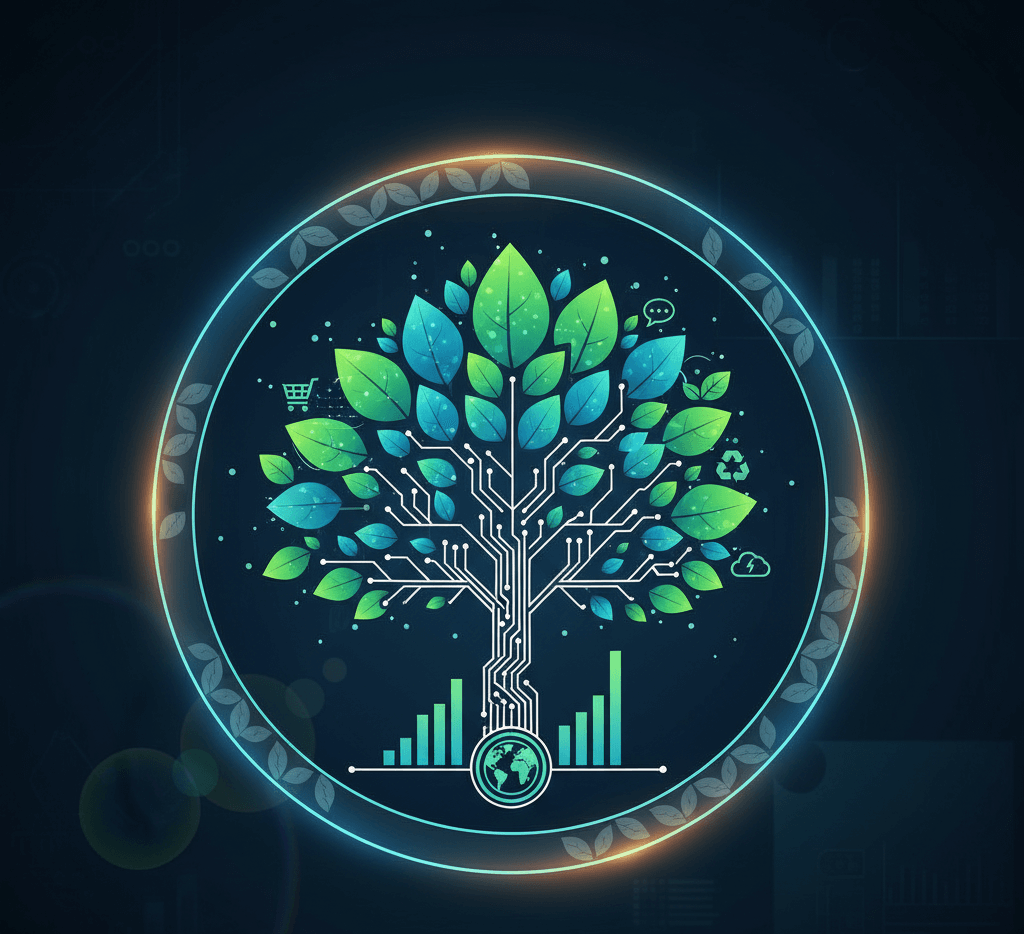Sustainable marketing is key to connecting brands with conscious consumers. Discover effective environmental marketing strategies to communicate green values and build authentic, purpose-driven brands.
Sustainability is no longer a trend — it’s a real demand from consumers, companies, and regulators. Brands that can communicate green values effectively and authentically are better positioned to earn trust, strengthen their reputation, and stand out in competitive markets.
Sustainable marketing goes beyond talking about the environment. It means integrating sustainability into your brand strategy and communicating those values with clarity, transparency, and credibility.
In this article, we’ll explore the most effective sustainable marketing strategies to help you connect with conscious audiences and drive meaningful impact.
1. What Is Sustainable Marketing and Why It Matters
Sustainable marketing is an approach that integrates environmental and social values into a company’s communication and brand strategy.
More than a marketing tactic, it’s a genuine commitment to responsible business practices that create value for society and the planet.
Key benefits of sustainable marketing:
· 🌱 Strengthens brand reputation and credibility.
· 🧭 Attracts conscious and loyal consumers.
· 📈 Differentiates the brand in competitive markets.
· ♻️ Contributes to global sustainability goals.
2. Key Strategies for Effective Environmental Communication
Communicating sustainability isn’t about greenwashing — it’s about backing your message with real action and being transparent.
Effective strategies:
· 📢 Clarity and consistency: share clear objectives, actions, and results.
· 📊 Evidence and data: use measurable facts to support your claims.
· 🧠 Authentic storytelling: connect with audiences through a real purpose.
· 🌍 Impact focus: show how your actions benefit the environment.
· 🪴 Accessible language: avoid jargon or overly technical language.
3. How to Build a Sustainable Brand
Becoming a sustainable brand isn’t just about marketing campaigns — it’s about embedding sustainability into the core of your organization.
Key steps:
· 🌿 Integrate sustainability into your mission and vision.
· 🔁 Review internal processes to reduce environmental impact.
· 📦 Use responsible materials and sustainable practices in products and services.
· 🧑🤝🧑 Build a company culture that reflects green values.
· 📢 Communicate honestly about progress and results.
4. Communicating Green Values: Building Real Connections
Today’s consumers value brands that demonstrate real environmental commitment. To truly connect, you need a strategic and authentic approach to environmental communication.
Best practices:
· 🪴 Showcase concrete actions, not just promises.
· 🧠 Tell stories that inspire change.
· 📲 Use digital platforms and social media to amplify your message.
· 🌍 Involve communities in sustainability initiatives.
· 📈 Measure and share impact transparently.
5. Trends in Sustainable and Green Marketing
Sustainable marketing continues to evolve, blending technology, creativity, and responsibility. To stand out, brands must embrace new trends that shape the future of green communication.
Top trends:
· 🌐 Impact marketing: purpose-driven campaigns with measurable results.
· 🤖 AI tools for identifying and engaging conscious audiences.
· 🧾 Radical transparency: brands sharing every detail of their actions.
· 🌱 Strategic partnerships to advance environmental causes.
· 🧭 Sustainability certifications and trust-building labels.
Sustainable marketing isn’t just another strategy — it’s a powerful way to build authentic, responsible, and long-lasting brands.
Brands that communicate their green values clearly and credibly can stand out, foster customer loyalty, and create real environmental impact.
👉 Smart sustainability communication doesn’t just build brands — it builds communities. 👉 Now is the time to embrace effective environmental communication.
FAQ – Frequently Asked Questions
What is sustainable marketing? It’s a strategy that integrates environmental and social values into communication and brand actions.
Why is communicating sustainability important? Because it builds trust, fosters loyalty, and differentiates brands in the marketplace.
How can I avoid greenwashing? Be transparent, back up your claims with data, and focus on real actions.
What are the steps to becoming a sustainable brand? Integrate sustainability internally, implement green practices, and communicate your progress.
How do I create effective environmental communication? Be clear, consistent, authentic, and use powerful storytelling supported by facts





